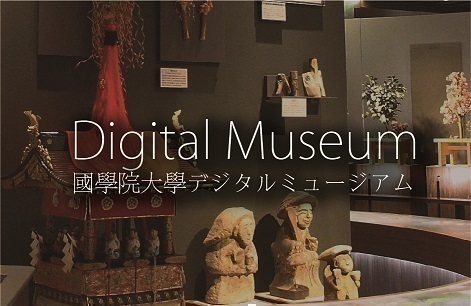- トップ
- Encyclopedia of Shinto
- Hirayama Seisai
Encyclopedia of Shinto
| Main Menu: | |
| Links: |
詳細表示 (Complete Article)
| カテゴリー1: | 8. Schools, Groups, and Personalities |
|---|---|
| カテゴリー2: | Personalities |
| Title | Hirayama Seisai |
| Text | (1815-9) Founder of the Shinto sect Shintō Taiseikyō and first Superintendent (kanchō) of Ontakekyō. He was born in 1815 as the second son of Kurooka Katsuensai, domainal instructor in swordsmanship (kendō) for the Miharu Domain (in present-day Fukushima Prefecture). At the age of twenty he moved to Edo, where he studied subjects such as Chinese classics and National Learning (kokugaku). At the age of thirty-six, he became the adopted son and heir of Hirayama Gentarō, one of the shogun's class of "bannermen" (hatamoto) who was also a member of the kobushin (a lower government office originally responsible for furnishing manual labor for minor repairs). In 1851 Hirayama was appointed a military police inspector (okachi metsuke), and the following year he assigned to matters pertaining to the government's relations with foreign powers. In 1859, Hirayama was accused of meddling in the matter of shogunal succession, and temporarily demoted and sent to the Kōfu region (present-day Yamanashi Prefecture). He was pardoned in 1862, however, and returned to Edo, where he excelled in foreign relations and was promoted to the Chief of Police Forces (shihaigumi-gashira) for the Hakodate Magistrate. He was made Magistrate of Foreign Affairs (gaikoku bugyō) in 1866. After the establishment of the new Meiji government in 1868, however, Seisai was viewed as one of those Tokugawa retainers responsible for fomenting war, and sentenced to permanent house arrest. As a result, he moved his residence to Shizuoka, where he opened a private academy for Chinese classics, but he was freed by the Meiji government in 1870, and two years later he registered with the Office of Preceptors (kyōdōshoku) to participate in the Great Promulgation Campaign of national indoctrination (see taikyō senpu). In 1879 he was made Senior Prefect of Instruction (daikyōsei), the highest ranking post in the Office of Preceptors. From 1873 he served as Senior Chief Priest (daigūji) at the shrine Hikawa Jinja (the "first shrine" [ichi no miya] of Musashi Province), and from 1875 as priest at Tokyo's Hie Jinja. In the course of these activities, Seisai came to feel it essential to educate the public with the central importance of Shinto, and in 1879 he founded the Shinto church Taisei Kyōkai. This group achieved institutional independence as the sect Shintō Taisei-ha in 1882, and Seisai was appointed its first Superintendent (kanchō). For a period, he also served simultaneously as the first Superintendent of the sect Ontakekyō. However, he died in 1890 at the age of seventy-six, before Shintō Taiseikyō became fully established as a religious organization. He was the author of Honkyō shinketsu (Establishment of the True Teachings) and Shūdō shinpō (True Law of Self-Discipline), among other works. - Inoue Nobutaka |




